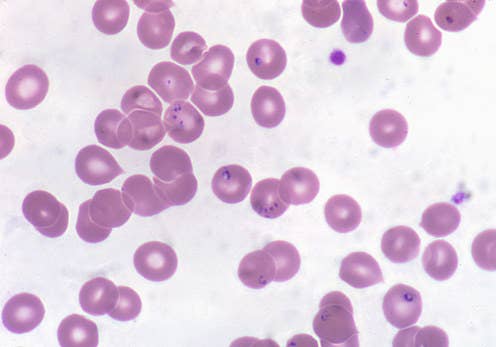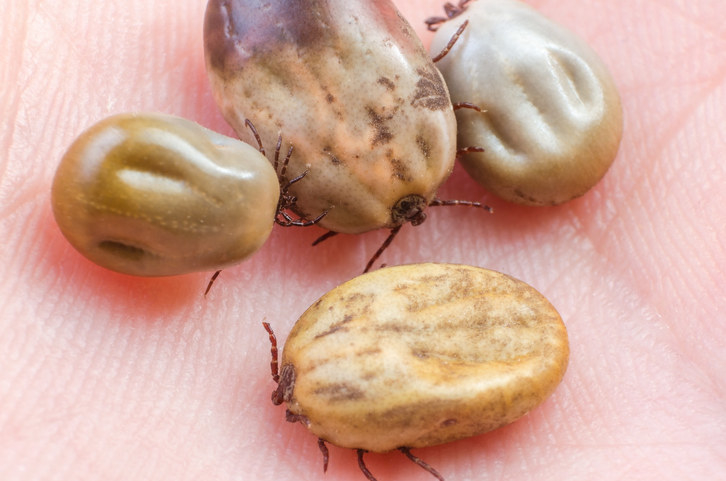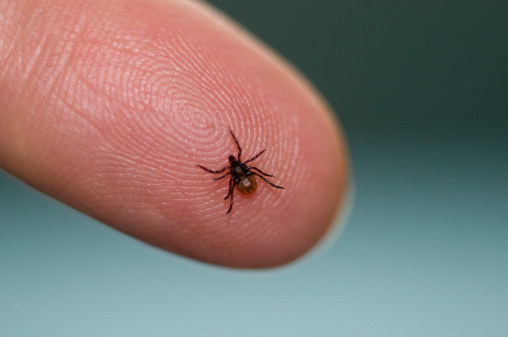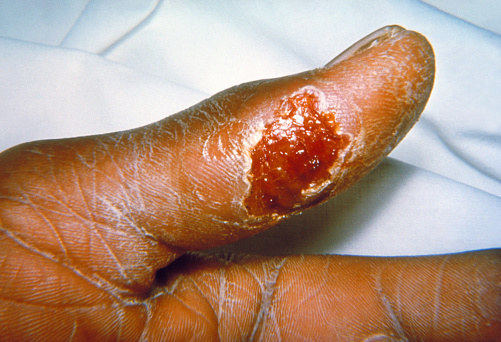Ticks are spreading an increasing number of illnesses to humans at higher rates than in previous years.

Despite their tiny size, ticks are surprisingly powerful vectors of disease. And in the US, the risk of tick-borne infections is increasing. According to a new report from the US Centers for Disease Control and Prevention (CDC), ticks infected people with seven new germs — including bacteria, parasites, and viruses — between 2004 and 2016.
The CDC recently analyzed data trends for all nationally notifiable diseases caused by the bite of an infected mosquito, tick, or flea. The number of cases has tripled since 2004, to 642,602, and those caused by ticks doubled. Of the tick-borne illnesses, 82% were cases of Lyme disease, a bacterial infection that causes a rash and flu-like symptoms that can spread to the joints and nervous system if left untreated.
Some researchers blame the increase in tick-borne illnesses on the longer summer months; others suspect the increase in cases could also be due to improved awareness and surveillance. Regardless, experts said the increase is alarming and requires a multi-pronged effort to focus on public and environmental health.
Here are eight different germs you can get from ticks, including some of the new ones identified by the CDC in the last 14 years or so.
Babesiosis

Ehrlichiosis

Anaplasmosis

Powassan virus

Spotted fever rickettsiosis

Heartland virus

Bourbon virus

The best way to avoid tick-borne illnesses is to use insect repellents, wear long sleeves and pants, and perform tick checks after spending time outdoors in wooded or bushy areas.
If you do find one attached to your body, here's how to safely remove the tick.
The sooner you remove ticks the better, because the longer a tick is attached, the more likely it is to transfer any germs it might be carrying.

